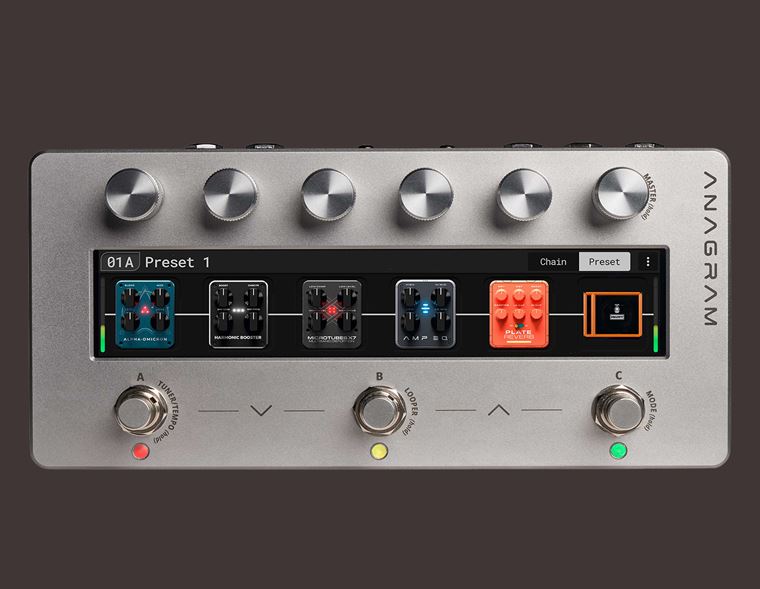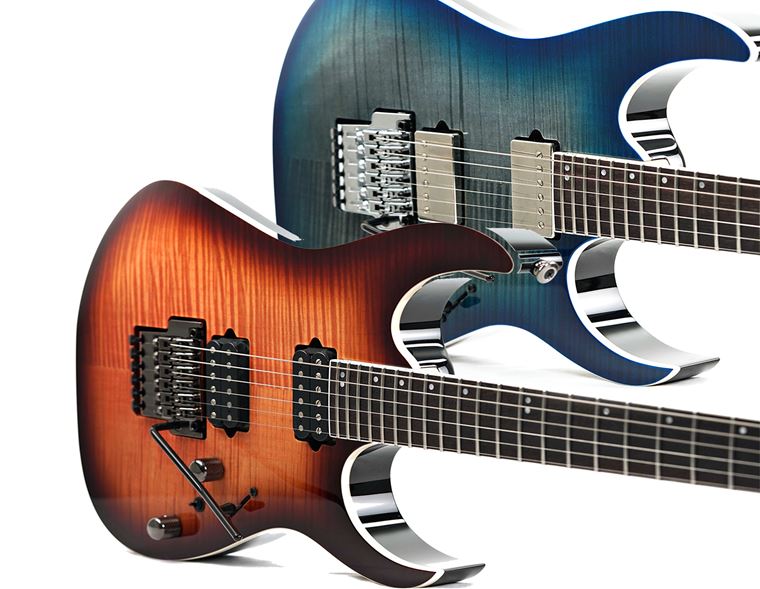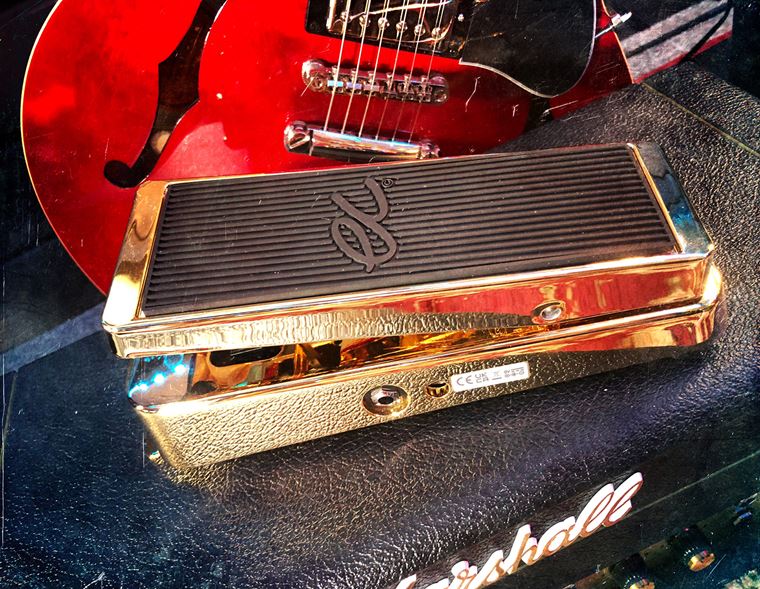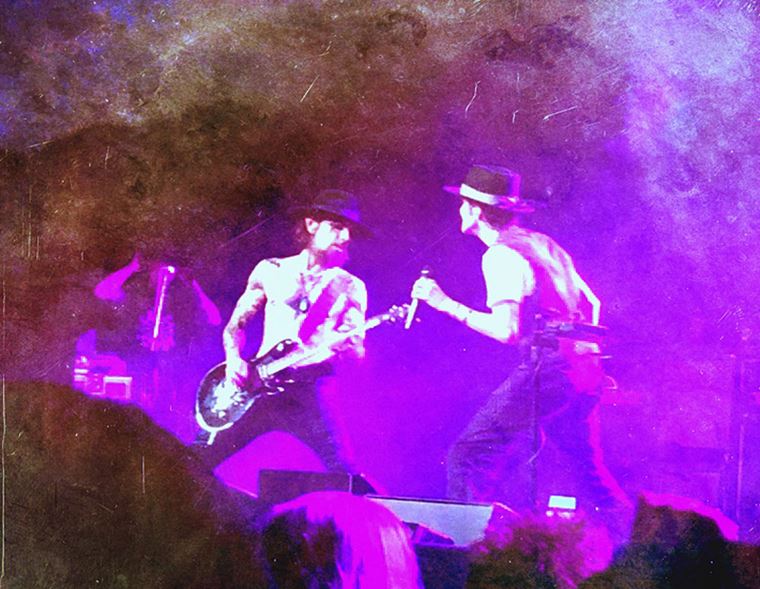BRAND NEW: JTG Guitars from TYLER!
Published on 04 April 2025
Tyler fans, let's just get right down to it: we have the new, extremely impressive JTG brand of guitars in stock! Tyler know-how in a Chinese-made range that captures the essence of this great brand? I know you want to know more, so dive in below...
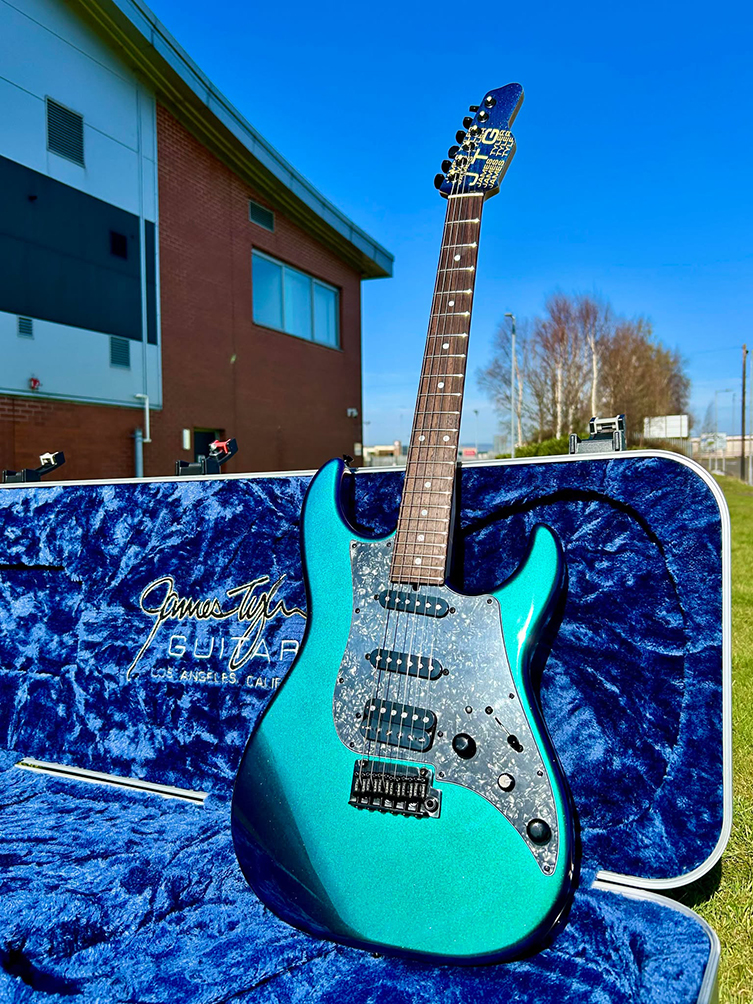
In the world of boutique guitars, one name has stood out for decades as being wilder, better built and better sounding than any other. It’s James Tyler, obviously! His outrageous looking ‘Studio Elite’ Tyler superstrats have won the hearts of many a committed player since the mid 80s, and that’s saying something when you consider how outrageous the 80s already were…
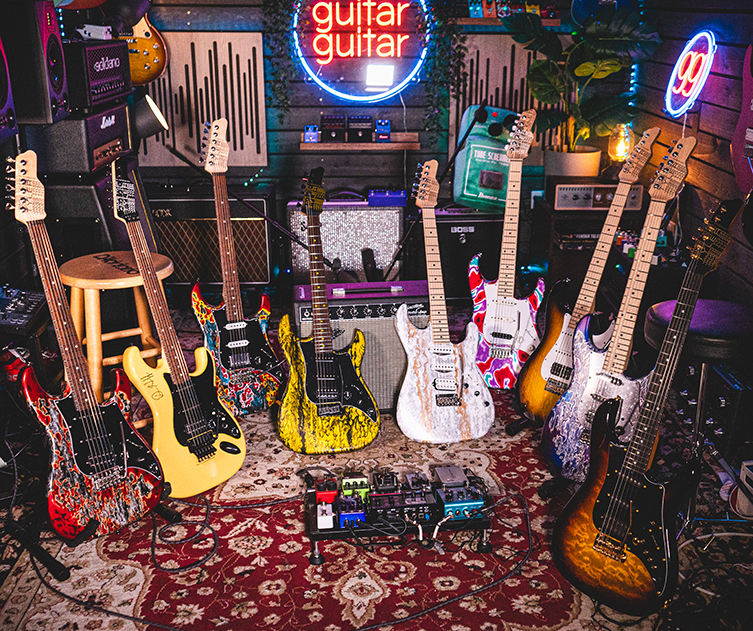
(An incredible gang of USA James Tyler guitars, direct from Los Angeles)
Tyler’s guitars, built in Los Angeles to seriously impressive standards, have been the go-to choice for session aces and touring pros because they are amongst the best S-types in the world. The feel, sound and response from a Tyler is exquisite, and obviously the looks are out-of-this-world, with Shmear and Burning Water finishes adding to the brand’s uniqueness. Indeed, there is a whole mythology for Tyler guitars nowadays, with the discussion generally split between the built quality and the mystery of the finishing techniques (yes, I’ve asked. No, they won’t tell me).
When did you see your first Tyler guitar? I bet they’ve been on your radar ever since, right?
Now, I’ve got some pretty exciting news for you today, so take a second and I’ll reveal it all…
Contents
From Los Angeles to Japan
James Tyler guitars are exceptional, and have lots of innovative qualities but one thing they are not is cheap. That’s simply how it is when you’re dealing with some of the very best guitars ever made, straight out of a workshop in LA where each instrument is hand made. They command top prices because they are top guitars.

(A lovely example of an American Tyler Studio Elite model)
Having said that, a number of years ago, James Tyler himself sought out specific artisans in Tokyo and taught them a few of his special building and finishing techniques. These few people were employed to create Japanese-made Tyler guitars, encapsulating the myriad magical features of the Los Angeles-born instruments but at a more easily-affordable price point. These Tyler Japan guitars have proven to be a huge hit with guitar fans, and to date, continue to be built in tandem with the American Tylers.
Sadly, James passed away last year, but his life’s work carries on with both of these Tyler brands…and another brand, unveiled right now…
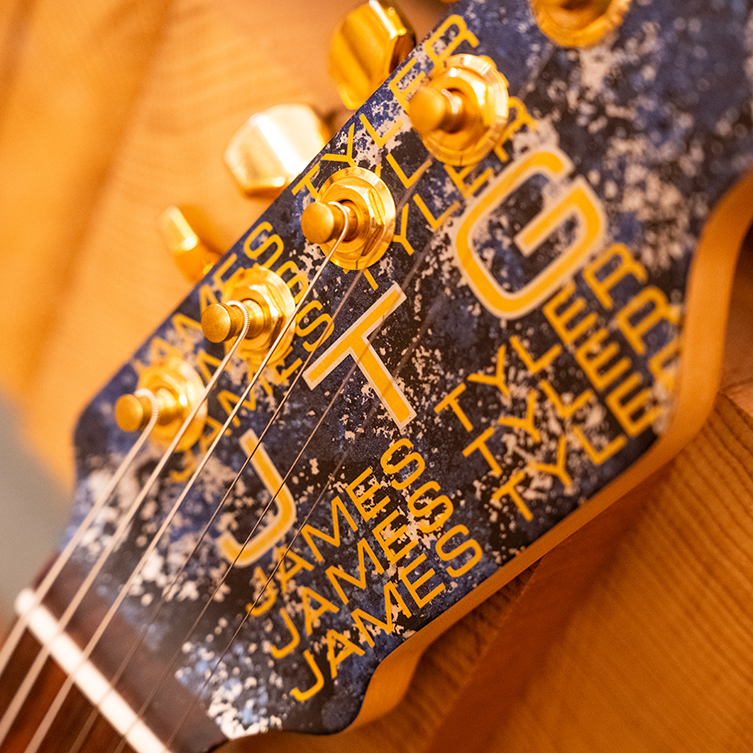
JTG: A New Brand
Yes, JTG Guitars are a completely new sub brand of instruments, based strongly on the famous Tyler Studio Elite and Mongoose designs. The Tyler team have chosen a specific Chinese factory with whom many staff have personal connections, and trained them to build guitars in the style of Tyler masterpieces. This training has focused on neck sculpting, nut cutting and of course some special finishing techniques.
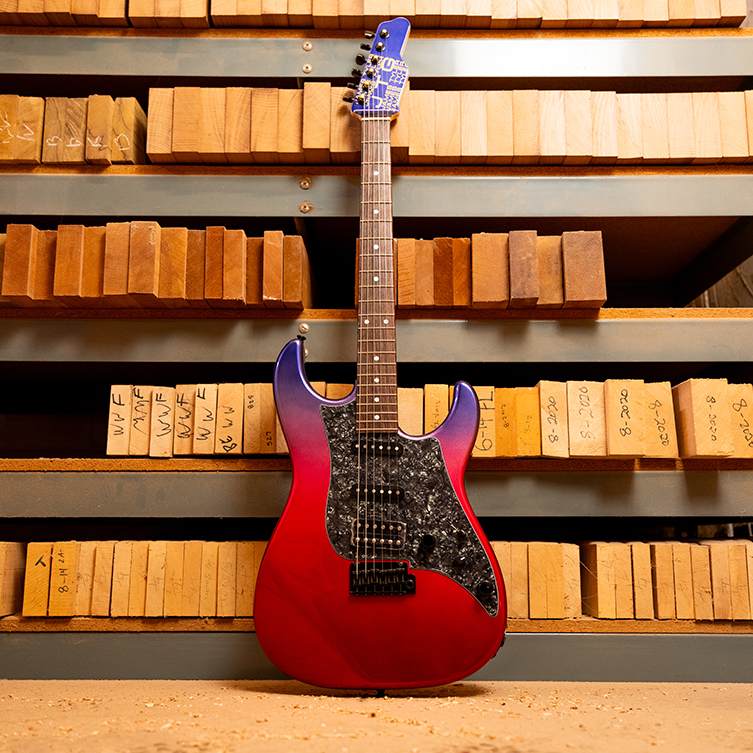
(The MK1 is JTG's version of the Studio Elite, shown here in Jim Burst)
Whilst there are no ‘Shmear’ or ‘Burning Water’ finishes to be had on JTG guitars (they are, after all, seeing themselves as a different brand to Tyler) they’re still going for some more…exotic looks, with 9 finishes available, all with names like ‘Molten Iron’ and ‘Blue Milky Way’. Glad to hear it! The world is not short on Sunburst S-types, after all.
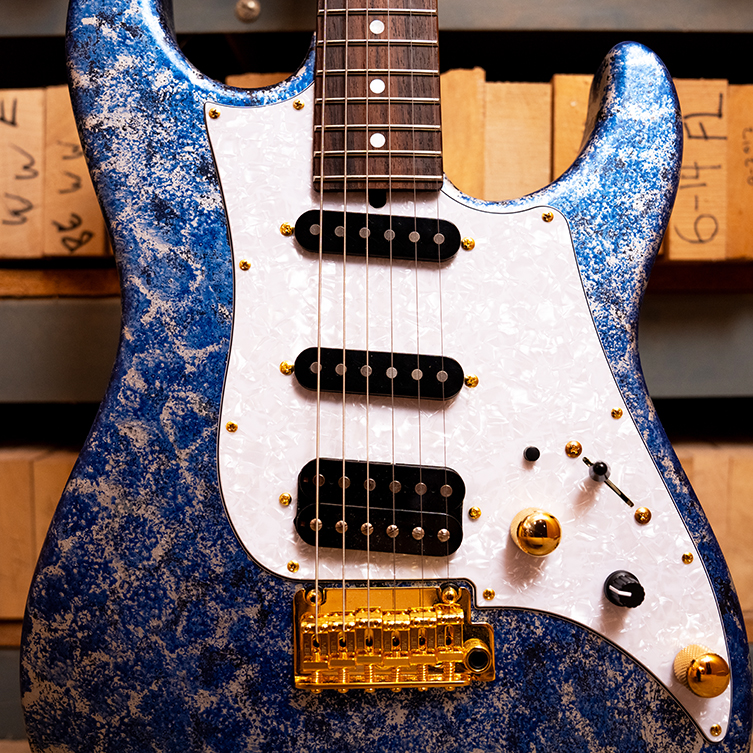
These JTG guitars are being made available only to dealers like us who stock the USA-made Tylers. We’re very excited and proud to stock them, and today is all about priming you for what to expect from this hot new brand!
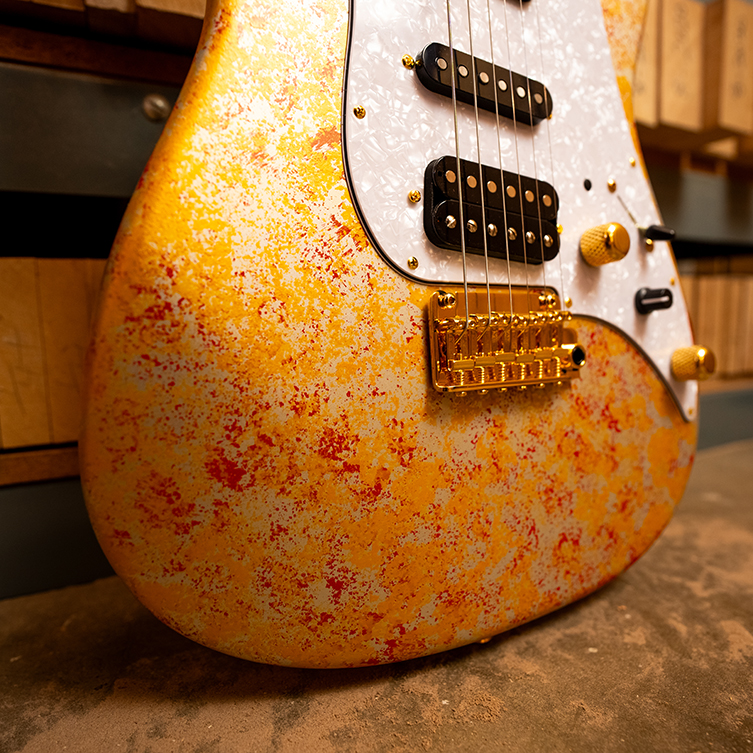
There are two models in the range at the moment: the JTG MK1 and the JTG M1.
Let’s check them out, shall we?
JTG MK1
The JTG MK1 should be getting all of you Tyler acolytes dizzy with excitement! As you can see, this is based on the iconic Tyler Studio Elite, and yes, it DOES have a mid boost circuit!
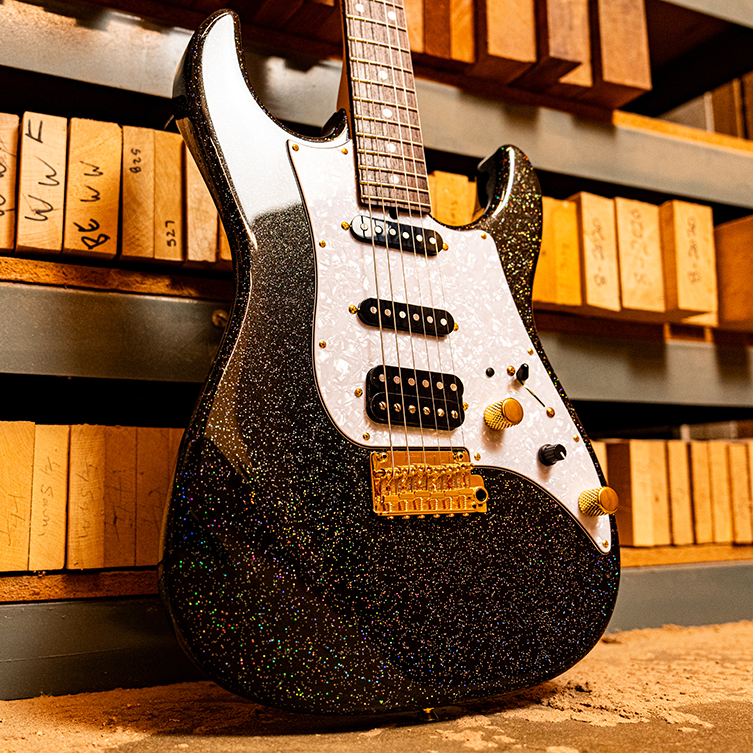
This is undoubtedly the flagship JTG guitar, and as a showcase for what the brand promises, it’s impressive indeed. Here’s a quick run-through of some specs to feast on:
- 2-piece Alder body
- Canadian Maple neck with a 25.5” scale, a 10-14” compound radius fingerboard, a 42mm bone nut and Jescar 5100 frets.
- Custom JTG pickups: a Super Humbucker in the bridge and two JTG500 single coils
- Custom mid boost circuit
- Locking tuners
- 2-post bridge, custom design
- CTS pots: 500k volume, 250k tone; 5-way blade switching
Wow! That’s quite a vibe, and is absolutely in keeping with my experience of Tyler guitars. As I said, the finishes are all-new, but seeing options like Jim Burst and Chameleon are most certainly reminding me of this model’s inspiration!
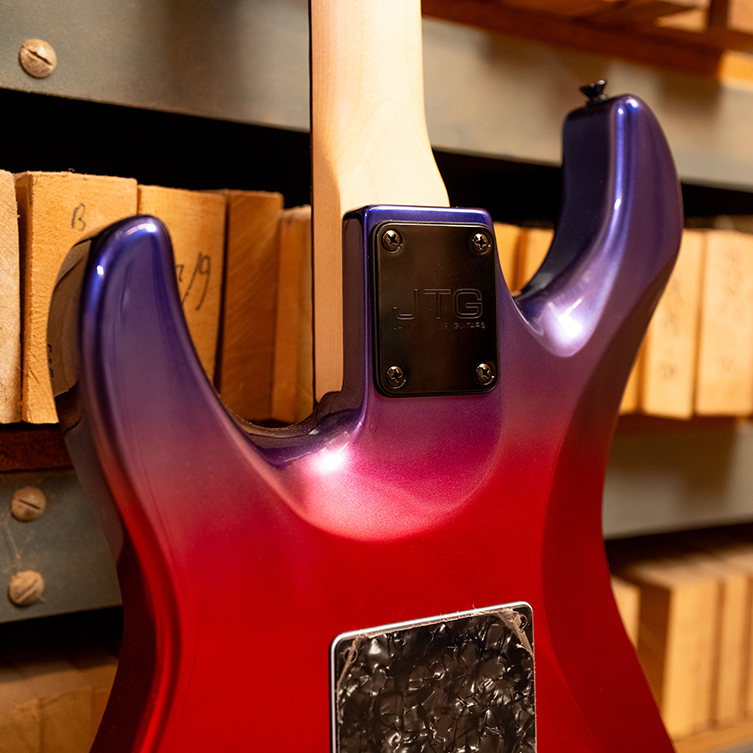
Of course, the custom parts are based on Tyler parts, and created in China for economical reasons. You know what, though? I actually defy any seasoned player to pick one of these up and find anything other than a superb instrument. The necks feel superb, the controls are responsive and the tones are as expressive and varied as you could wish for. And yes, I do keep mentioning the mid boost, but it’s such an integral part of the Studio Elite. Having a comparable circuit onboard your guitar is a real advantage for any player, and the ones on these JTG guitars do not disappoint.
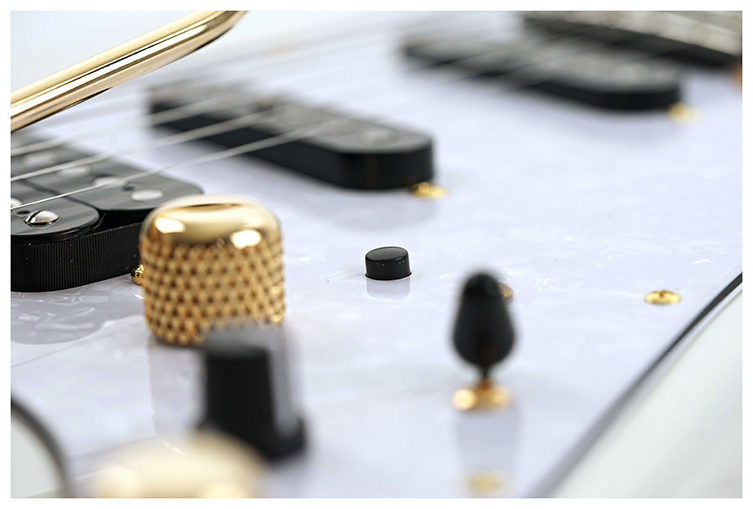
You need to try one, basically.
JTG M1
Less famous than the Studio Elite but no less loved is the Tyler Mongoose, a singlecut with two humbuckers. JTG have created their take on this called the M1, and though they refer to it as their ‘T-style’, I feel like it displays as much influence from the you-know-what Kalamazoo singlecut designed for Lester Polfuss.
You with me?
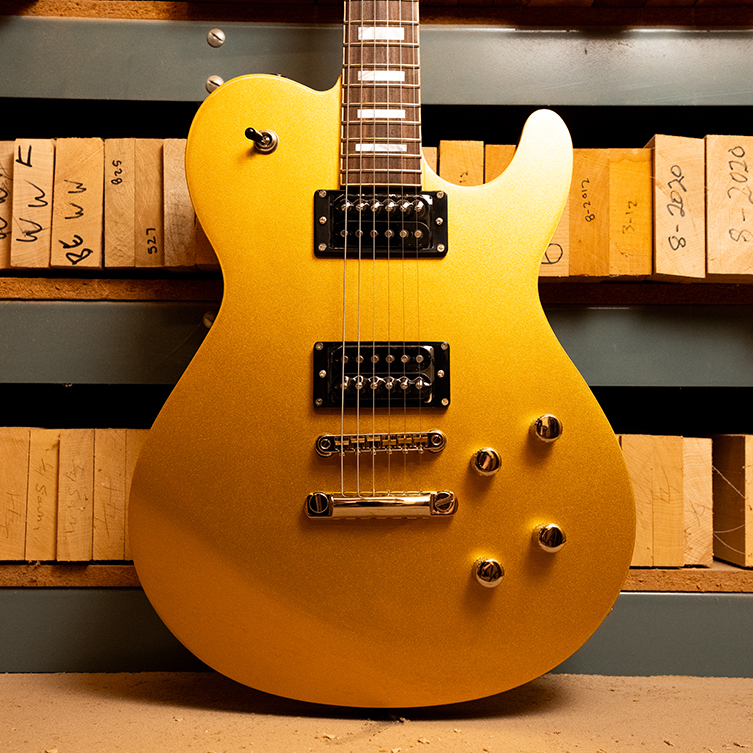
As you’d rightfully guess, this is a different kettle of fish to the MK1, not least in construction. The major change is the body, which is Okoume with a maple top. Okoume, if you’re not too familiar with the species, is a pinkish-grey heartwood that is very malleable but also has great projection. Now, what does that remind you of?

(The JTG M1 has a set neck with wonderful contouring around the heel)
Exactly, it’s a surrogate for mahogany, and is a very good choice for this double humbucker’d, TOM-bridge’d animal. There are some interesting spec choices here which take the JTG M1 into its own terrain as a guitar, though. To me, the 9.5” fingerboard radius (on an Indian rosewood neck, by the way!) is quite unusual, as is the 25.5” scale length (for this style of guitar, at least).
The decision to put 500k capacitors in for both of the volume and tone controls is a wonderful idea and one that I wish certain other companies would adopt when making singlecut guitars! Higher value capacitors allow for far more top end liveliness, tone-wise. If it’s there, you can always turn it down; if you don’t have that extra sparkle, it’s very difficult to find it elsewhere.
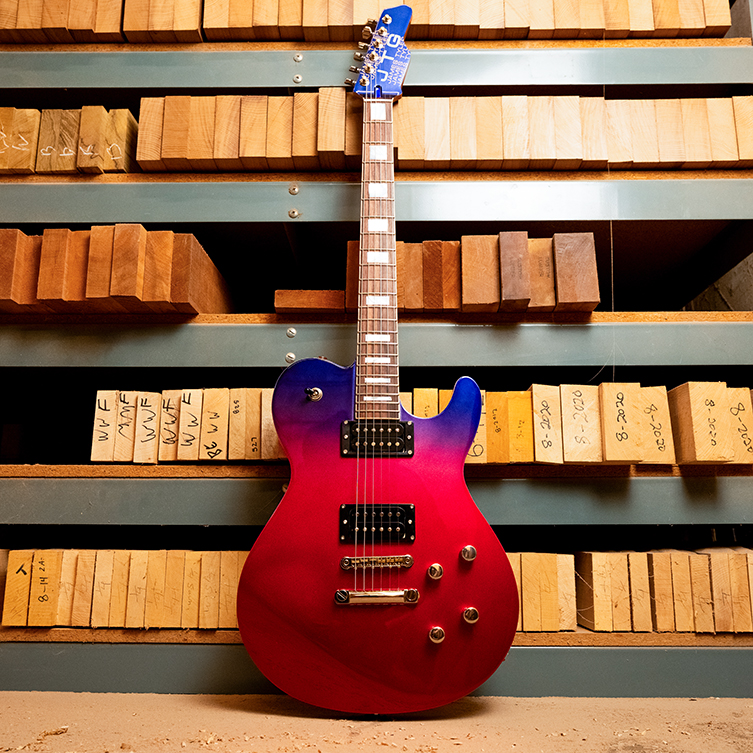
So, what else is there here? You get locking tuners, you get Luminlay side dots, and you get the same bridge humbucker as before, with an additional custom-made JTG Retro humbucker in the neck. You get the same attention to detail and you get the cool finishes. Go forth and choose your favourite!
Honestly, Get in Quick
Most people reading this blog have already made their minds up about what they’re going to do about JTG guitars. I suspect I’m not going to be massively wide of the mark when I prophecy that they’ll all be sold long before JTG can make more to replace them.
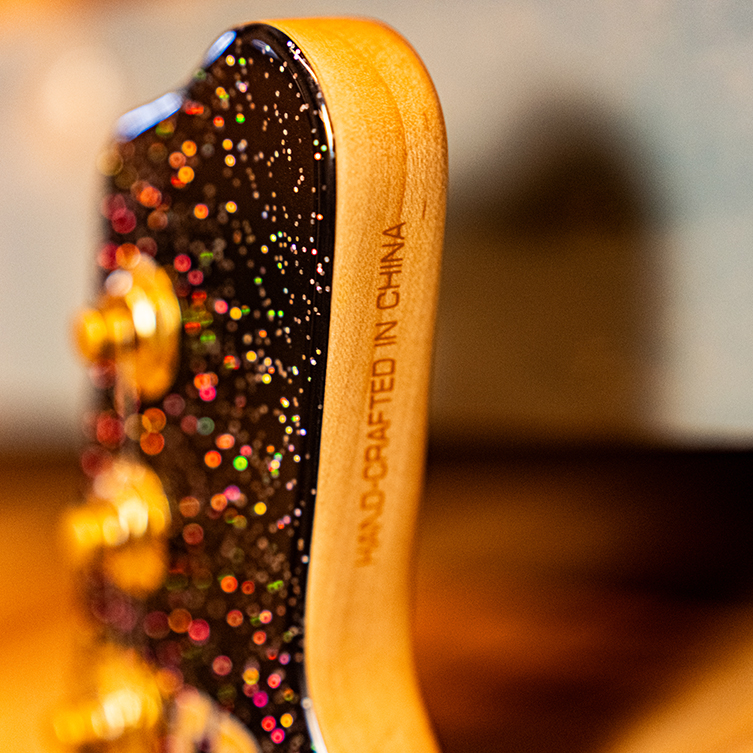
I say this because I’ve played maybe 15 different USA-made James Tyler guitars over the years, and whilst these JTG models are not the same, they are more than close enough to represent a seriously worthwhile purchase. These are roughly four times cheaper than some of the American Tyler guitars, don’t forget!
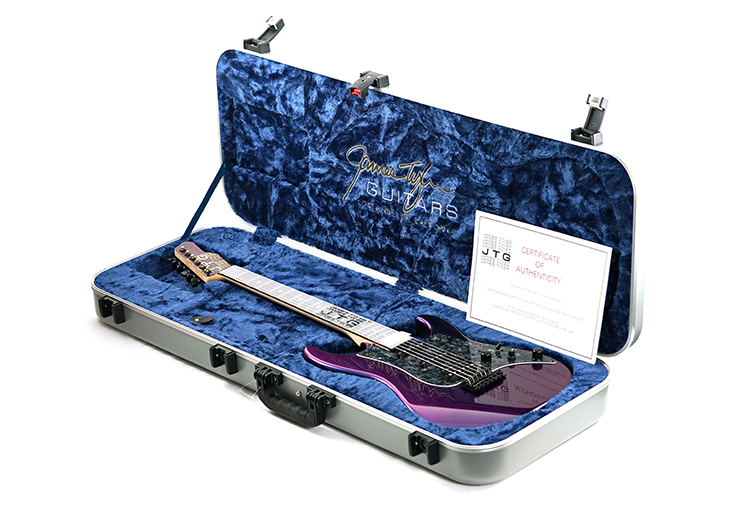
I mean, who wouldn’t want a little bit of that Tyler-inspired magic for these prices? Have I mentioned the prices? Who am I kidding, we both know you’re already looked at the full range on our site and picked out the one(s) you want.
My advice? Don’t hang about. There’s bound to be more, but how long can you wait to get your hands on these?


